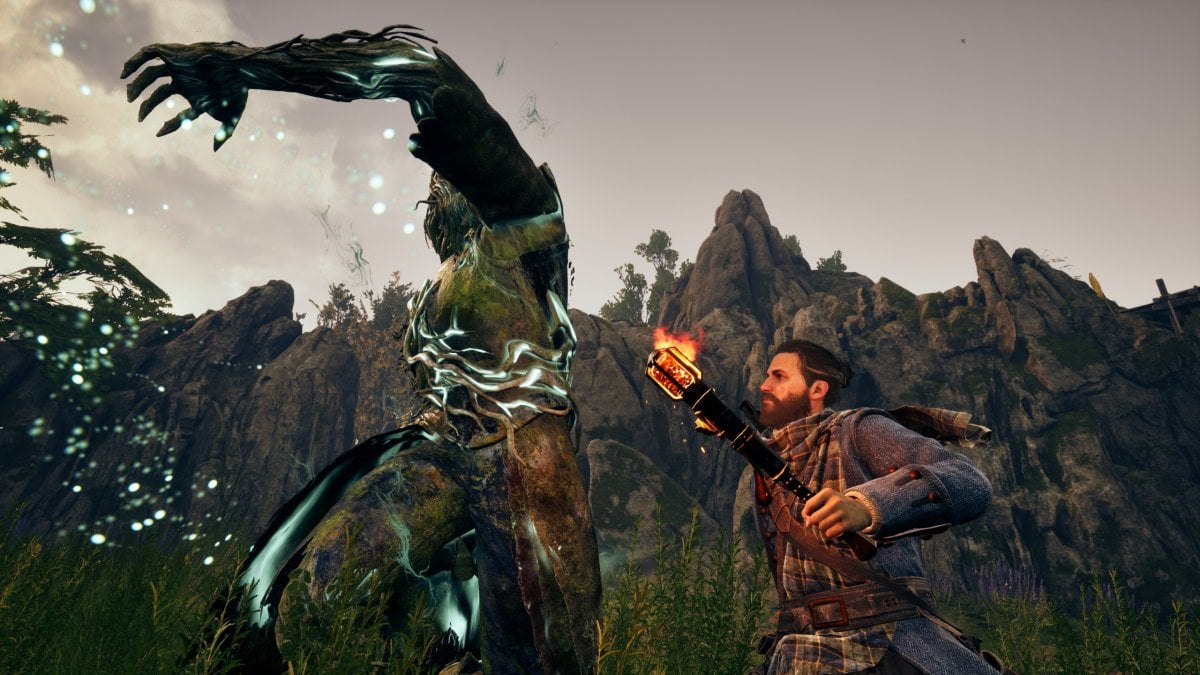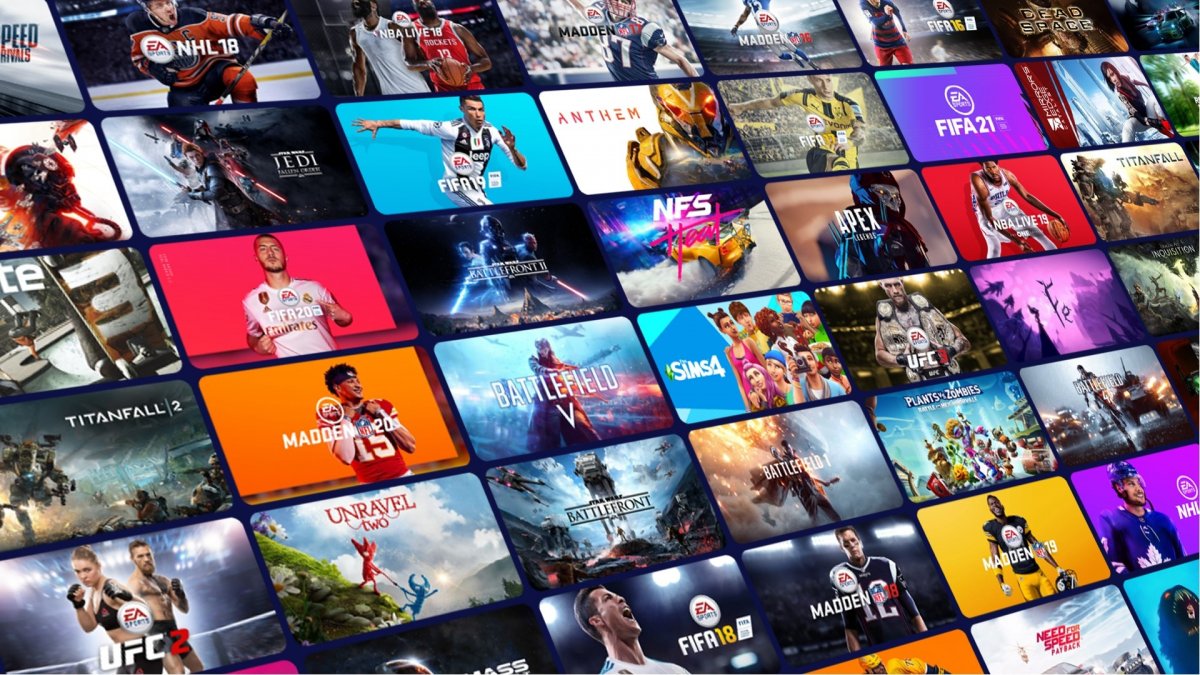The way in which Polyphony Digital has managed to adapt Gran Turismo 7 to three PlayStation consoles with very different hardware, each with a different performance profile, is absolutely interesting. Furthermore, the developer has also provided us with a system to create a large series of assets to make direct comparisons, so as to highlight the differences in an unequivocal way.
Race replays can be saved and shared in the cloud on all consoles, and access to in-game cameras gave us the ability to switch between versions at our convenience. It is clear that the game is based on the Gran Turismo Sport game engine, but the work of balancing to exploit the additional potential of the PS5, while making the most of the last-gen and mid-gen consoles, is remarkable.
So let’s start with the basics. We have already established that the PS5 version runs at full 4K without dynamic scaling, and it is equally clear that the last-gen versions take advantage of the GT Sport formula: 1080p for the base PS4 and 1800p via checkerboarding on the PS4 Pro (which scales to 1080p if you select this resolution from the console menu). The PS5 therefore enjoys greater clarity thanks to the higher resolution but not only that: we also noticed less aliasing on the edges. The PS4 and PS4 Pro versions are therefore very similar, except for the resolution; the base console also sometimes features lower resolution textures. Overall, the base PS4 version can be seen as a 1080p variant of the experience offered by the PS4 Pro.
Gran Turismo 7: a spectacular head-to-head between three generations of PlayStation hardware.
But the most interesting comparison is perhaps the one between PS5 and PS4 Pro. Both consoles use 4K screens but the Pro displays only 1/3 of the actual pixels compared to the PS5. The next-generation console has 2.5x the compute power of the Pro on paper, but it does more than just increase the number of pixels on the screen. In some ways, the situation is similar to the recent cross-gen PlayStation exclusive Horizon Forbidden West, which on PS5 raises the bar of quality and performance a lot compared to what the difference in pure GPU power would suggest.
That said, the foundations of the GT Sport engine allow the last generation consoles to remain competitive in comparison with the PS5, and although at first glance the differences may seem small, a keen eye will see all the small changes aimed at increasing fidelity. . The vegetation is much denser on PS5 and on some circuits there are whole rows of trees more on PS5 but it also increases the quality. In some cases, in fact, Polyphony uses models of a completely different level on the new generation console.
Lighting also sees a marked increase in fidelity: not only higher quality, the type of implementation also changes. The solution employed by PS5 uses better indirect lighting management that simulates the bounce of light more effectively than last-gen consoles, which is particularly evident on more reflective surfaces. Volumetric lighting effects also seem absent on older consoles, and on the latter, the sun’s rays are replaced by a less effective bloom effect.
By extension, shadows also appear to be of worse quality or completely absent compared to PS5, and are consequently more degraded even not very far from the player. The higher fidelity of the PS5 also covers the car models. On last-gen consoles there is no cavity ambient occlusion, which on PS5 gives better shading of the models.
In addition to this, the new console also receives a wide range of improvements, perhaps too numerous to list them all. Definitely worth mentioning is the better overall texture quality, and the real-time variations to the LOD are much more noticeable on the PS4 family. Even at a relatively short distance from the player, less complex car models may be seen on last-gen. The quality of the reflections is also better. Like many other racing games, GT7 uses a dynamic probe system in which environments are dynamically sampled and then mapped onto reflective surfaces (for example on the hoods with a “roof cam” view. On PS5 these are already relatively low resolution, but on PS4 and Pro are even worse.
In-game motion blur is implemented on PS5, increasing the feeling of speed and involvement. This is totally missing on PS4, while on PS4 Pro it can only be accessed with the console set to 1080p output. In this circumstance, the resolution scales from 1800p checkerboarding to 1080p, leaving resources unused and allocable for effects such as motion blur, at 60fps frame-rates for replays, as well as for more stable performance. 60fps replays are optional on PS5 as well, because by default they are at 30fps but with ray tracing.
And what about performance? There isn’t much to discuss here. All consoles aim for 60fps, and while slowdowns can occur on every console, last-gen hardware usually offers less stability. Since the game is based on the GT Sport engine but offers additional features, GT7 suffers from more slowdowns than its predecessor. Rain on the track, coupled with a full starting grid, can cause slowdowns on all consoles. In some particularly complex situations the PS5 can have even worse frame-rates than other consoles but only in the first lap of the race. Performance is generally good in GT7 however, and in most situations the PS5 is the one offering the best frame-rate.
Gran Turismo 7: the technical review of the Digital Foundry, with a focus on PS5.
Unsurprisingly, loading times are noticeably shorter on the PS5. On the other hand, both PS4 and PS4 Pro have made big strides over the unresponsive menus and biblical loading times of the PS3 era. But if we make a direct comparison between old and new generation consoles, the difference is several orders of magnitude. A loading that takes 30 to 40 seconds on PS4 takes a maximum of 4 seconds on PS5. GT7’s day one patch even reduced loading times compared to code review. Switching between menus is instant on PS5 and this makes the gameplay completely different for the benefit of the user, cutting virtually all downtime.
Ultimately, Polyphony Digital has made three excellent versions of Gran Turismo 7. As with many other in-house Sony games, the PS4 and PS4 Pro versions are nearly identical except for resolution. Since the engine was programmed for last-gen consoles, the aesthetics are very good on these consoles, and the key aspects of the game (such as cloud rendering, weather and dynamic flow of the day) are present in all versions.
Comparing the PS4 Pro and PS5 versions is like comparing a well-scaled PC game from low / medium to high / ultra details, plus a nice resolution boost. We didn’t really like the fact that the game requires a constant internet connection but this has, as a plus, that replays and game data and progress are interchangeable. Basically, it’s a cross-gen and cross-save game.
With games like Gran Turismo 7 or Horizon Forbidden West, we are often asked if the cross-gen nature of the latter holds back the PS5 from expressing its full potential, as the technical limitations of last-gen consoles hold back the freedom of developers. and the ambition of the titles themselves. Furthermore, having to develop on three different consoles has a tangible impact on the resources of the development studios.
On the other hand, making new engines for next-generation hardware is never a simple process: it takes years and years of time and given the long development times that Polyphony has accustomed us to (think GT5 for PS3), it would have been almost impossible to have a totally next-gen Gran Turismo close to the launch of the new console. Certainly there is so much excitement to expect for the next Gran Turismo but at the moment, based on our GT7 tests, it is undeniable that the PS5 version offers a good set of upgrades over last-gen consoles, and an experience. overall much more enjoyable.
#Gran #Turismo #comparison #PS5 #PS4 #PS4 #Pro #Comparative #analysis






